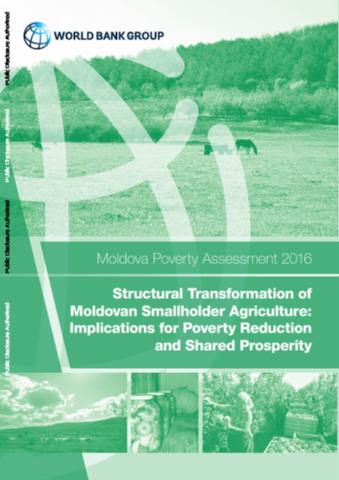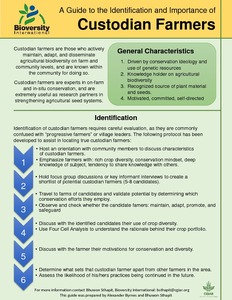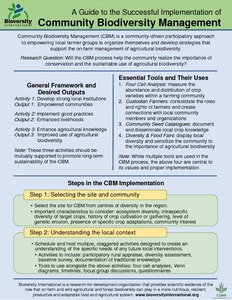Critical success factors for governing farmer-managed public goods in rural areas in the Netherlands
Multifunctional land use has become a widely supported pathway for Europe's countryside. Brussels and the national governments stimulate farmers to integrate primary production with non-agricultural practices from which they can also benefit. In favour of this development different stakeholders are encouraged to collaborate to produce the so-called farmer-managed public goods. This paper explores critical success factors for the production and maintenance of these public goods.





